The second annual Artists Cinema programme of short films again asks for a ‘response, comment, interruption and/or reflection on the cinema context’ from established artists more usually associated with the gallery context.
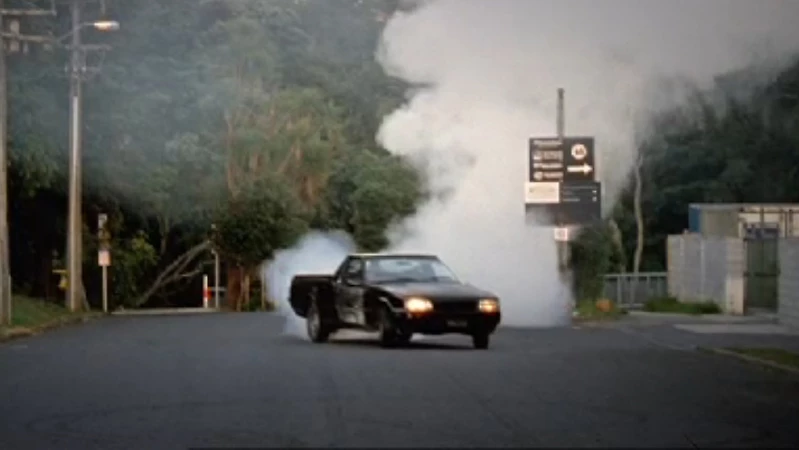
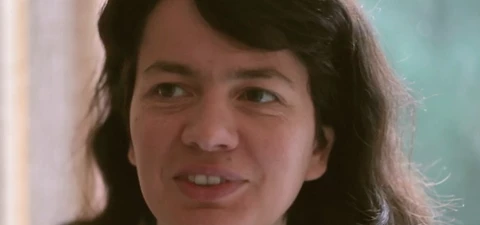
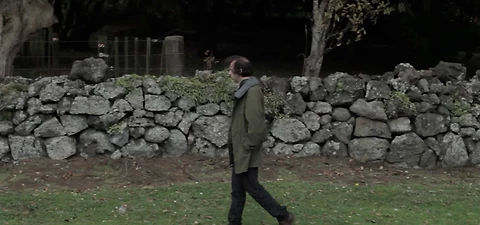
Screened as part of NZIFF 2012
The Artists Cinema
Curated by Mark Williams, Alex Monteith and Jan Bryant, this year’s programme includes themes as diverse as today’s global political malaise, ‘bogan’ culture and what Wolfgang Iser refers to the function of art: ‘the subversion of the illusions on which our perception is based’. While these artists are fluent with mixed media installation, multiscreen imagery and site-specific response, each work on The Artists Cinema is presented in a form suited to traditional cinema presentation. This project aims to bring some of the criticality of the artist’s practice in the white cube into the realm of the black box. Likewise, the programme itself aims to be propositional in nature, leaving space for the audience to consider how these works address the political, aesthetic and structural aspects of the cinematic form. — Mark Williams
Burn Out 2010
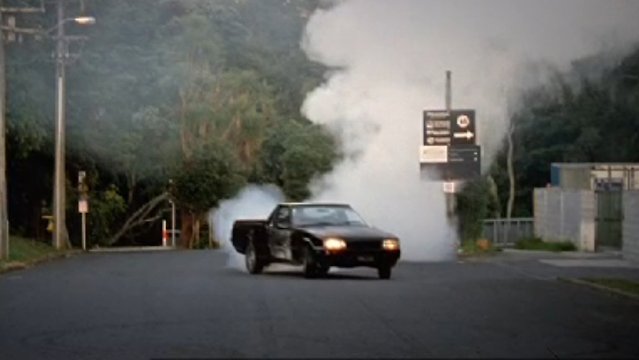
Burn Out is a soundless 16mm film of a young man in a West Auckland street doing a “burn-out”; the process of keeping a car’s handbrake on whilst accelerating, causing the tires to spin, heat up and smoke. The activity is traditionally associated in New Zealand with “bogan” culture. Most burn-out videos are shot close-up with a lot of cutting, heavy music and the screeching of tires as a soundtrack. By contrast, Carr's film keeps the camera stationary, with a single, wide-angle view so that the car is soundless in the middle distance. As a result, the activity’s renegade or illegal status is transformed into a moment of quiet beauty in a suburban landscape.
Envisaging Vocational Rehabilitation 2012
Vocational rehabilitation is a term that refers to a process of compelling and enabling people to overcome disability so they can work. It has existed for less than 100 years, but work has been a primary occupation for vast numbers of people for centuries. So why now vocational rehabilitation? What is the world in which vocational rehabilitation is wanted and needed?
Exterior Signals 2012
In the opening of Jean-Luc Godard‘s film Pierrot le Fou (1965), Jean-Paul Belmondo reads from a book about the 17th Century Spanish painter Diego Velázquez. It describes Velázquez’s late paintings, the formal approach to his subjects (the royal family and their attendants) and the political environment at the time. It speaks of hopelessness and malaise, and out of touch political leaders. This ode serves as a reflection of today’s malaise born from an uncontested hyper capitalism, the political face of which begins with Ronald Reagan and has its spectacular flowering under George W. Bush in late 2008.
Credits 2012
They demarcate endings in the cinema context; the film is finished and it is time to surface from our reverie and leave the theatre. With its mesmerizing quality, Credits captures the feeling of this in-between zone and offers it as the focus of the film experience.
Triangleland 2012
Part of the series The World Blank (also including Aucklantis, Tongdo Fantasia, The Tree of Tule, Journey to the West). Each is a travelogue characterized by an irreverent, stream-of-consciousness, in situ approach. Speaking to a handheld camera as he wanders far (and not-so far) flung regions, the artist weaves monologues into intricate, whimsical mappings of his surroundings.
structure narrative pans 2012

“Subtitles convey a stream of thought, describing first a recording of a 1972 Jacques Lacan lecture in which the psychoanalyst was interrupted by a heckler.” — Dan Munn, EyeContact
Self-titled 2012
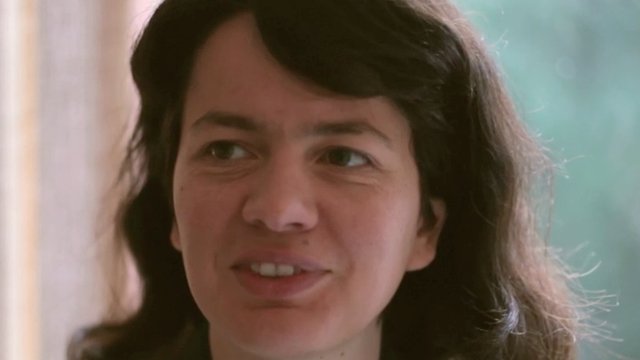
Self-titled stages an encounter, it investigates the potential of mixing illusive and metafictional experimentation within the concepts of live and documented performance and extracts its subject matter not only from the authorial intention but furthermore emphasizes on the viewer's role in its completion.